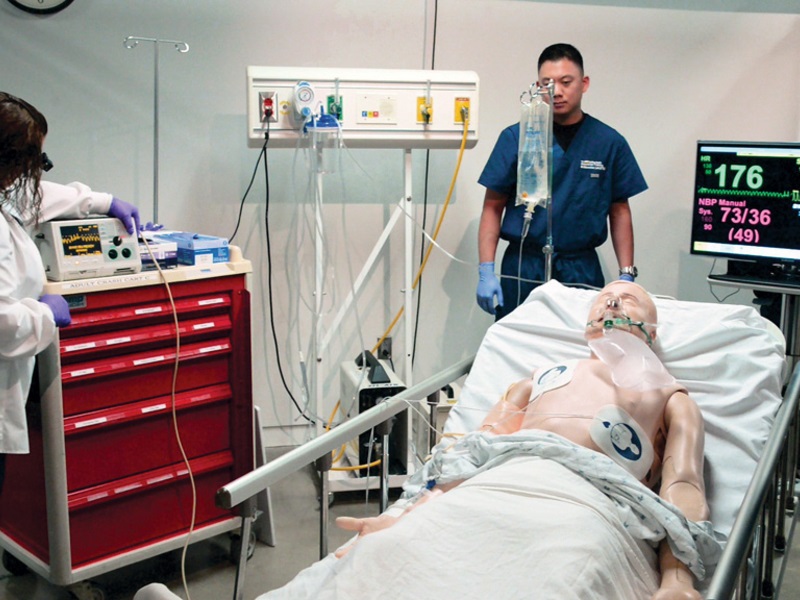Virtual reality (VR) technology has revolutionized various industries, and one area where its potential is being increasingly recognized is in physical therapy. The integration of virtual reality in physical therapy is transforming the way patients recover from injuries, surgeries, and other physical ailments. By immersing patients in interactive and engaging virtual environments, therapists can enhance rehabilitation outcomes and improve the overall patient experience.

Benefits of Virtual Reality in Physical Therapy
There are numerous benefits to incorporating virtual reality into physical therapy sessions:
- Enhanced Engagement: Virtual reality provides an immersive and engaging experience that can motivate patients to participate more actively in their therapy sessions.
- Pain Management: VR technology can help distract patients from pain during exercises, making the rehabilitation process more tolerable.
- Real-Time Feedback: Virtual reality systems can provide real-time feedback on a patient’s movements and progress, allowing therapists to make immediate adjustments to the treatment plan.
- Customization: Virtual reality programs can be tailored to meet the specific needs and abilities of each patient, ensuring a personalized rehabilitation experience.
- Motivation and Fun: By incorporating gamification elements into virtual reality therapy, patients can enjoy the process while improving their physical abilities.
Examples of Virtual Reality Applications in Physical Therapy
There are several ways in which virtual reality is being utilized in physical therapy:
- Balance Training: Virtual reality environments can simulate challenging balance exercises to help improve stability and reduce the risk of falls.
- Range of Motion Exercises: VR technology can guide patients through a series of movements to increase flexibility and joint mobility.
- Functional Activities: Virtual reality programs can simulate daily activities such as cooking or gardening to help patients practice functional movements in a controlled environment.
- Pain Management: VR distraction techniques can be used during painful procedures or exercises to reduce discomfort and anxiety.
Future Potential of Virtual Reality in Physical Therapy
The integration of virtual reality in physical therapy is still in its early stages, but the potential for growth and innovation is immense. As technology advances, we can expect to see even more sophisticated VR applications that cater to a wider range of physical therapy needs. Virtual reality has the power to revolutionize rehabilitation practices, making therapy more effective, engaging, and accessible to patients of all ages and abilities.
Overall, the integration of virtual reality in physical therapy represents a promising and exciting development in the field of rehabilitation. By leveraging the immersive and interactive nature of VR technology, therapists can enhance the quality of care they provide and help patients achieve better outcomes in their recovery journey.

